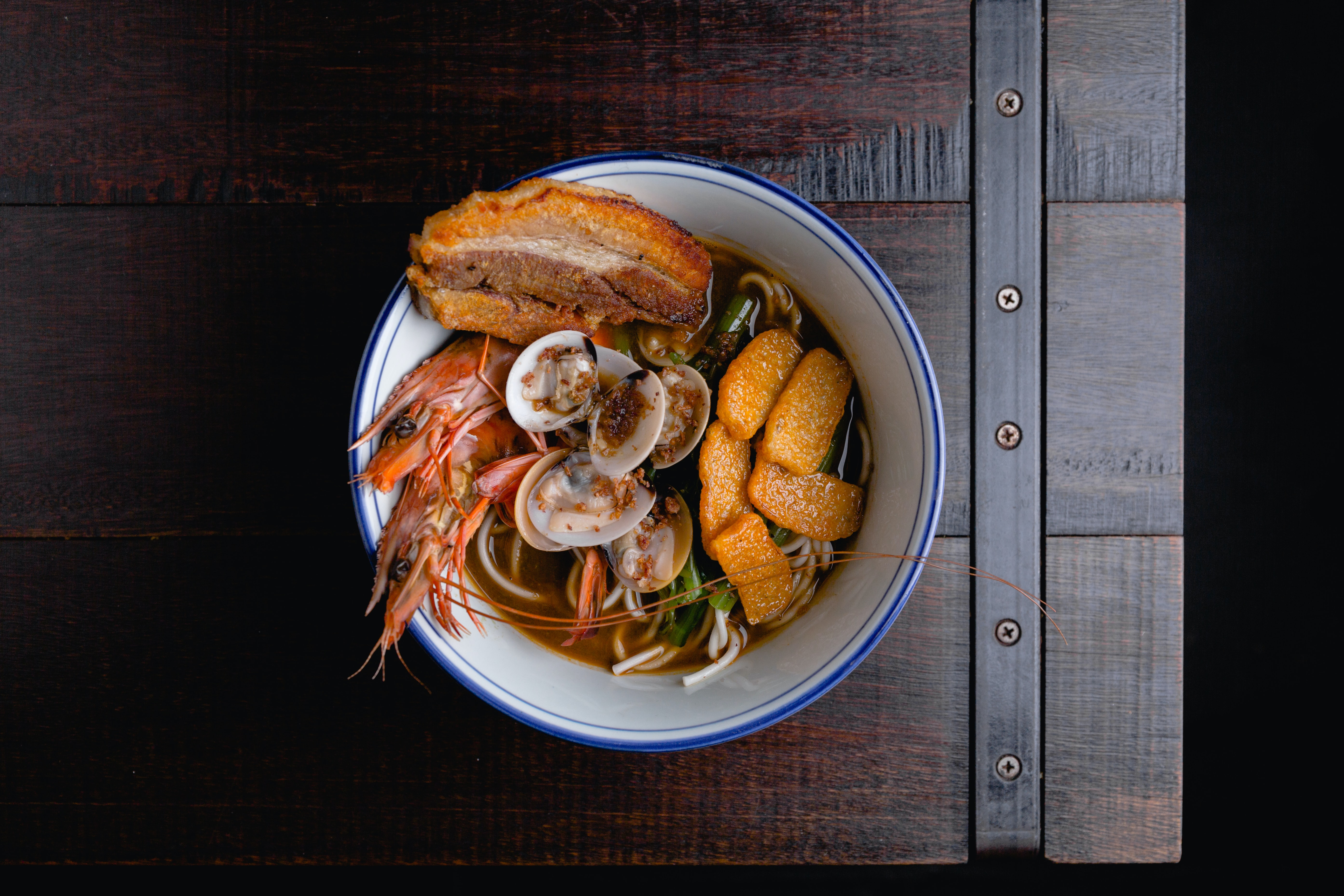Since moving back to the US seven months ago, I often find myself letting out a nostalgic sigh saying “I miss the food in Singapore.” The country is a foodie’s paradise (there’s even a catchy song about it).
But of course as a product person, I don’t just enjoy the food… I see lessons in building successful products while I eat good food. So here’s a post for my foodie friends on what we can learn about product thinking from the food scene, specifically hawker centers, in Singapore.
I should start with an introduction to hawker centers for the uninitiated. Some of the best food in Singapore is found in hawker centers, a scrappy food setting where you can find food gems and enjoy a great meal for as low as $3 SGD ($2.22 USD). You buy your food from stalls and sit down at common tables, often sharing a table with a stranger.
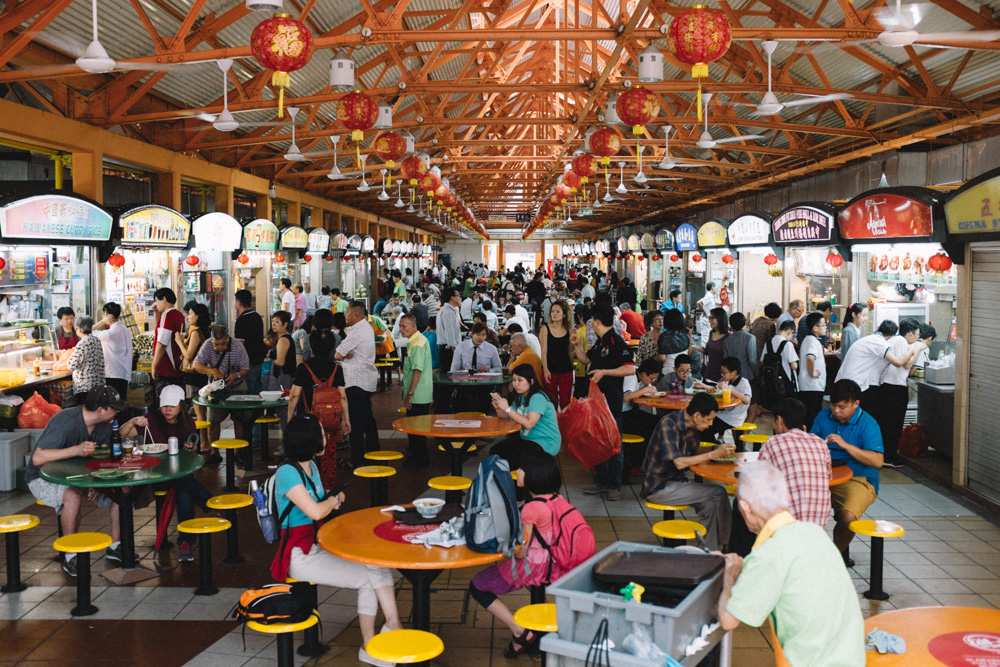 The overwhelming choice of food in hawker centers
The overwhelming choice of food in hawker centers
But as you see from the picture above, the choices in a hawker center are overwhelming. You walk past stall after stall of incredible aromas but given that you can only eat so much, you have to pick wisely. How do you know if a stall makes good food? Here are 3 things I’ve learned to look out for:
1. Good chefs avoid Strategic Swelling
You have to find stalls that avoid the product disease I call Strategic Swelling. Strategic Swelling is the disease that strikes when we try to do too much, spreading ourselves thin across many areas and don’t achieve any one goal at a breakthrough level. We continue adding features with the assumption that we can make customers happy by giving them anything they might want.
The best stalls in hawker centers are ones that focus on delivering just one thing but done really well. My favorite stall in Singapore is Old Amoy Chendol in Chinatown. The stall only makes one dish: chendol, a dessert made with shaved ice, coconut, beans and a generous helping of a flavorful syrup. While this sounds simple, I’ve never had better chendol in Singapore (or Malaysia).
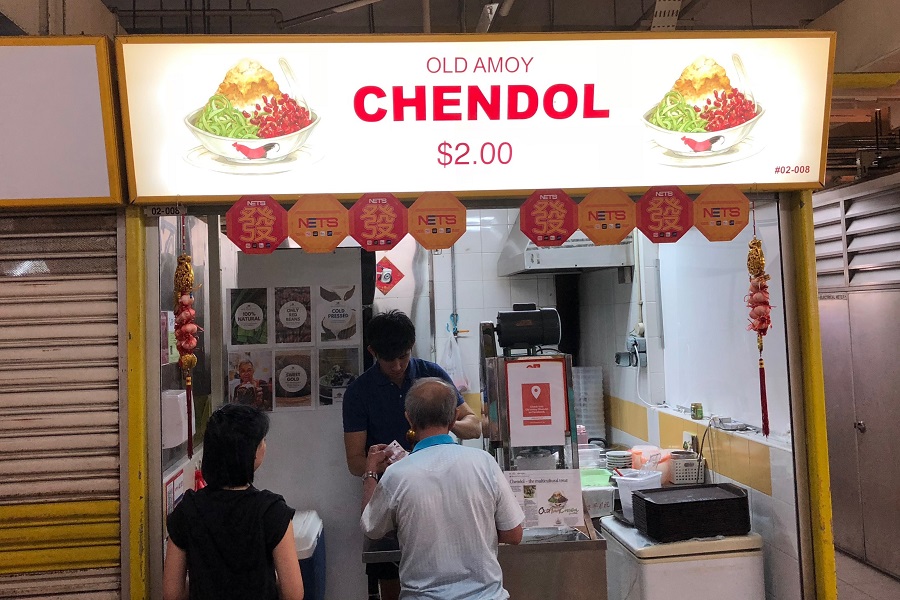 The Old Amoy Chendol Stall (Source: Danielfooddiary.com)
The Old Amoy Chendol Stall (Source: Danielfooddiary.com)
The idea that the best stalls focus on just a few select dishes has also found recognition among food critics. In fact, in 2016, Liao Fan Hong Kong Soya Sauce Chicken Rice and Noodle (now called Hawker Chan) was awarded 1 Michelin Star and is the cheapest Michelin-starred meal in the world at $3 SGD. The stall’s name describes exactly what they’re known for: soya sauce chicken served with either rice or noodles.
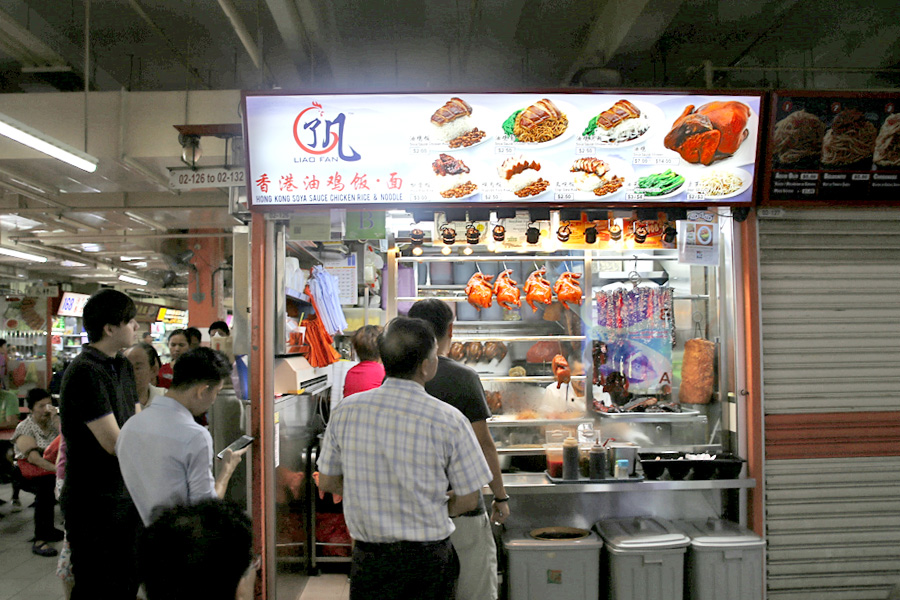 The Michelin-starred Hawker Chan Stall (Source: Danielfooddiary.com)
The Michelin-starred Hawker Chan Stall (Source: Danielfooddiary.com)
In contrast, the food stalls that sell generic “Western Food” were my least favorite and reminded me of Asian fusion restaurants in the US. It would be impossible for an Asian restaurant to make good Sichuan food while also excelling in the nuances of Taiwanese cuisine. Similarly, a “Western Food” stall can’t possibly capture Italian cooking and also make good fish and chips.
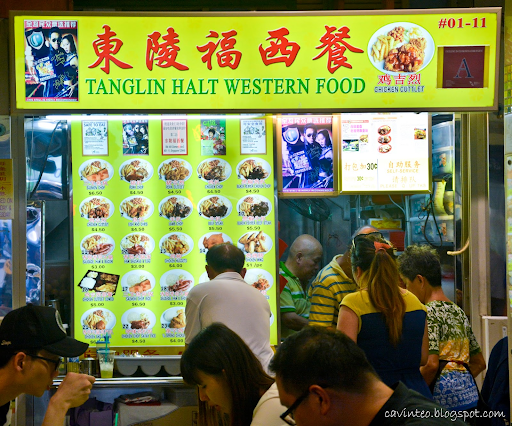 A Western Food Stall (Source: Cavin Teo)
A Western Food Stall (Source: Cavin Teo)
Just as a well-traveled foodie would hang their head in shame for being caught in a fusion restaurant, any product owner should head to the nearest confession box for saying that their product “serves all users.”
To build successful products, we need to avoid Strategic Swelling. This requires having a clear vision that articulates a thorough understanding of your customer, their needs and how you can address them.
2. Good chefs have repeatable processes
To deliver the same taste consistently, day after day, the best stalls have a clear and repeatable process for translating their vision for the dish into a finished product for the customer. It’s mesmerizing to watch chefs in action as they step through a series of choreographed moves.
In delivering products, it’s unlikely that you’re working alone. Most likely you have a product team and the problem of having many cooks in the kitchen. This magnifies the need for a clear process so that you can deliver consistently.
To give product teams a clear process for building products, I use the Radical Product Thinking methodology. The five elements of the methodology (vision, strategy, prioritization, execution and measurement, and culture) help teams articulate a vision for the change they want to bring about and systematically translate it into reality. It gives teams a set of choreographed moves that become muscle memory over time so that teams can repeat the process to deliver successful features and products consistently.
3. Good chefs measure success on their own terms
We’ve learned that a product is successful if we’re seeing explosive growth. In pursuing such growth we often measure success by popular metrics such as the number of users or the time spent on site. A taste of success along these metrics fuels a feedback loop in wanting to optimize for these metrics.
When Hawker Chan was awarded a Michelin star for his chicken rice, he decided to expand his offering and now has a chain of restaurants around the world. Food blogger Daniel Ang describes his experience of eating in one of the Hawker Chan restaurants:
“While I was blown away by the food at the hawker stall, mass production and diversification might have affected quality here. The Soya Sauce Chicken Rice $3.00 wasn’t as tasty, lacked that aromatic oily scent, and the rice was cooked slightly wet.”
Daniel Ang, Food blogger at Danielfooddiary.com
Instead of focusing on scale and diversification, the best hawker chefs are passionate about the food they make. These stalls don’t measure success by the number of people they serve. When they’ve delivered all they can for the day, they close shop - to get your taste of these stalls, you have to get there early in the day.
Instead of measuring success by popular metrics such as the number of daily users or the time spent on site, you have to measure what matters for your product. Defining success on your terms means having a clear vision and understanding if you’re delivering on your vision for your customers.
You can share Singapore’s tastiest lessons on how to build successful products with your foodie friends. The best product teams (and the best hawker stalls) have a clear vision, a process for translating that vision into reality on a daily basis, and measure success by whether they’re delivering on their promise to their customers.
If you enjoy my writing, you should get the book Radical Product Thinking: The New Mindset for Innovating Smarter.
